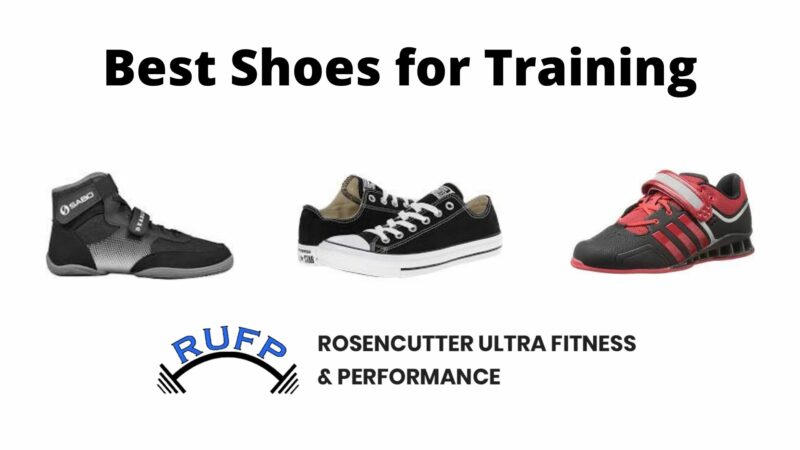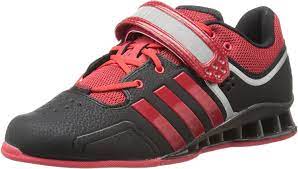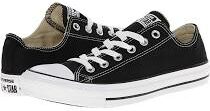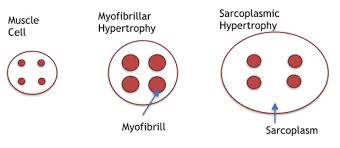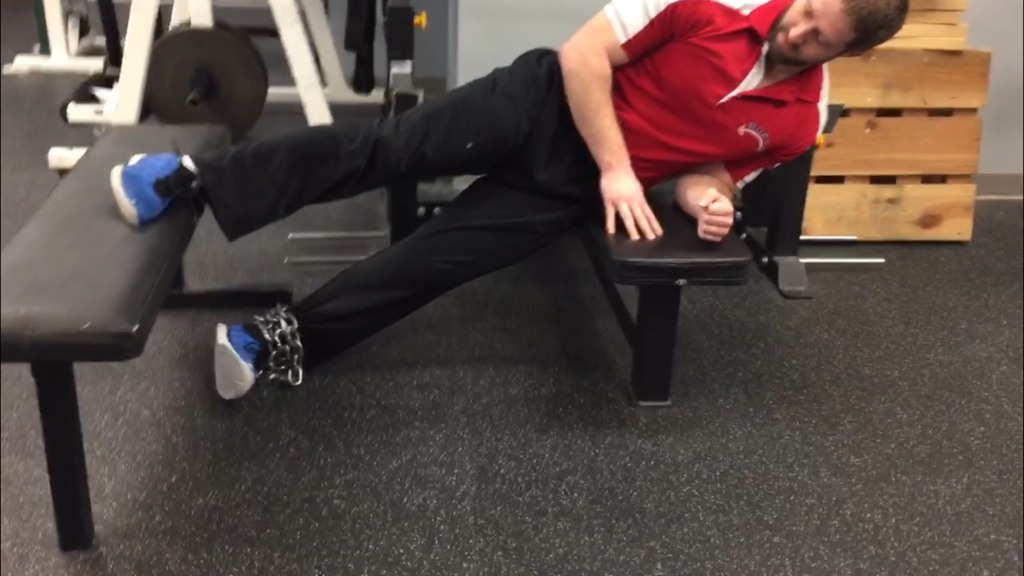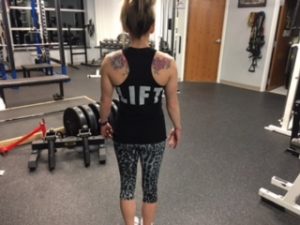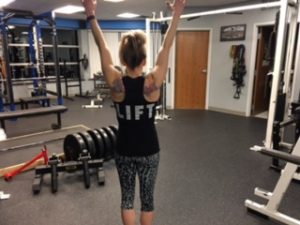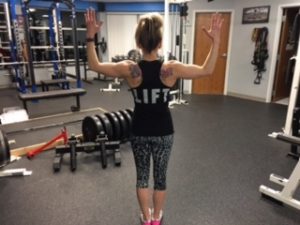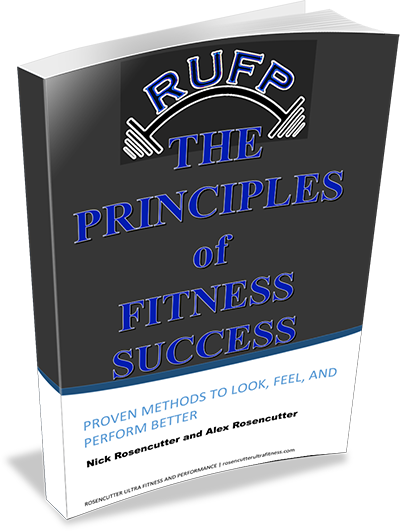It’s the start of a new year and that means one thing is for sure – everyone is making New Year’s resolutions or goals they’d like to achieve this coming year. Oh sure, you may not write them down or tell them to anyone, but you know you still have them. That thought about how you’d like to eat a little less sugar, or how you should really not watch as much T.V. and maybe read a little more. Or how you should be more productive at your job or spend more time with your family, and the list goes on. Maybe you’re the type of person who wrote them down or shared them with someone. In either case, awesome! I am all for having goals and things you would like to achieve, and what a better time than a fresh calendar year. I even wrote a few down myself.
Now, if you’re reading this and you can honestly say you don’t have any goals (yet) or areas of your life you would like to improve, I highly suggest you take a few minutes and think of just a few ways you would like to improve yourself in the coming weeks, months, and year. And not just fitness or health goals. Think of ways you would like to improve your relationships, how to be more productive with your time, or maybe some career goals.
Whatever area of your life you select to focus on improving, here are a couple tips that will make it a little easier and break things down into more manageable steps.
Don’t just set outcome goals, set process goals.
I’ll give you an example:
Outcome goal: I want to lose 60lbs. this year
Process goal: I will eat vegetables with two meals per day and exercise for one hour, three times per week.
Now, this is a simple example, and it is nothing earth-shattering that no one has ever said before; however, it is something that many of us forget about when it comes to goal-setting or making resolutions. Don’t only think about the big number/goal/achievement! Consider the small steps it takes to get there!
If your goal is to lose body fat and you say you want to lose sixty pounds this year, that may be overwhelming. Instead, if you say, I am going to eat more vegetables and exercise a few times per week (things that will encourage fat loss), the goal seems more attainable.
Or you may break down that goal another way:
Sixty pounds in one year is five pounds per month, which is just a little over one pound per week. That doesn’t sound so bad! Now, if you are consistent with your previous two process goals and focus on one pound per week, all of a sudden your lofty goal of sixty doesn’t seem so far out there.
Set S.M.A.R.T goals.
Setting SMART goals is an awesome way to organize your goal setting and give it a little more structure and definition. I’ll break it down by letter and give an example of each.
Specific
One of the most important keys in setting a goal or resolution is to make sure that your goal is not left open-ended, but has an exact definition, so that you and anyone else you may tell knows exactly what you are wanting to achieve
Non-specific: I want to exercise more
Specific: I will go to the gym and strength train three times per week
Measurable
Having a goal that is measurable is a great way for you to not only track the progress you are making, but also gives you the chance to look back when you’ve achieved it and see how far you have come. Things like calorie amounts, workouts per week, and specific weight loss numbers are measurable. Broad statements about things you would like to do are not.
Bad example: I want to lose weight
Good example: I will lose five pounds per month
Attainable/Achievable
This one may seem like a no-brainer, but you would be wrong. How many times have you known someone who has set a resolution or been determined to accomplish a new goal and a few weeks or months into it they stop and realize it’s too far out there? The purpose of an attainable goal is to make sure that it is actually something you have the potential to achieve! Yes, you want to challenge yourself. But don’t be unrealistic and set such a lofty goal you have no chance of completing it. Set a goal you can ACTUALLY ACHIEVE, not just impress others with.
Unattainable: If you work fifty hours per week and have three children and run a business on the side, it’s probably not realistic for your goal to be to weight train five days per week for two hours each and run three marathons this year.
Attainable: Take the same situation from above (and let’s say that you’re a go-getter): Weight train two-three days per week, and go for one run per week. If you’re being honest with yourself, that’s probably a little more realistic.
Relevant
This one is fairly straightforward. Make it YOUR GOAL and relevant to you! Not your wife’s, not your boss, no one else’s. It is your goal, specific to you, and something you want to achieve. Sure, others may encourage you or help steer you. But if you yourself are not truly in it and don’t really feel like it, you have already mentally checked yourself out.
Not relevant: Your husband encourages you to start running a few days per week, even though you don’t like running and it makes your knees hurt. But, because he said it and he likes it, it is now your goal for the new year.
Relevant: You enjoy lifting weights and working with a coach. You make it your goal to go and lift two-three days each week.
Time
Last, but certainly not least, is time. You need to put a time-frame on your goal. If you simply say, I want to lose weight, or, I want to eat better, you are leaving your goal extremely open-ended. You give yourself no date by which it must be completed, and therefore you having nothing pushing you and motivating you. On the other hand, if you are wanting to lose weight so you can fit into your wedding dress, there is a specific date that lets you know exactly when you must complete it by.
Putting it all together.
Now that we have broken down each step into pieces, let’s put it all back together with an example.
Outcome goal: I want to lose sixty pounds by January 1st, 2020.
Process goals to help get me there:
- I will exercise three-four days per week for a minimum of one hour
- I will eat vegetables with at least two meals per day
- I will lose, on average, five pounds per month/one-two pounds per week
- I will cut out “x” food that I constantly overeat on calories (chips, ice cream, pizza, etc.)
- I will write down these goals and put it somewhere I can see it every day and be reminded of it
- I will tell one or two close friends that will help keep me accountable and encourage me
Outcome goal: I want to exercise three days per week for the next three months
Process goals to help get me there:
- Set specific workout times that you know you can make happen
- On Monday’s during my one hour lunch break, I will go down to the fitness center and lift instead of sit on my phone and scroll social media.
- When I get home from work on Wednesday’s I will use those twenty pound dumbbells I have sitting in my basement that haven’t been touched in years to do a full body workout.
- On Saturday afternoon’s my friend and I will go to the YMCA and work out together and do some swimming for conditioning work.
- I will block these time periods off in my schedule so that nothing may take the place of them.
- I will write down my workouts so that I can see my progress and improvement, which will help encourage me to continue.
- I will write down these goals and put it somewhere I can see it every day and be reminded of it
- I will tell one or two close friends that will help keep me accountable and encourage me
So, whether you have made New Year’s resolutions or you simply have goals you would like to accomplish, put these principles into practice and see what they can do for you!
